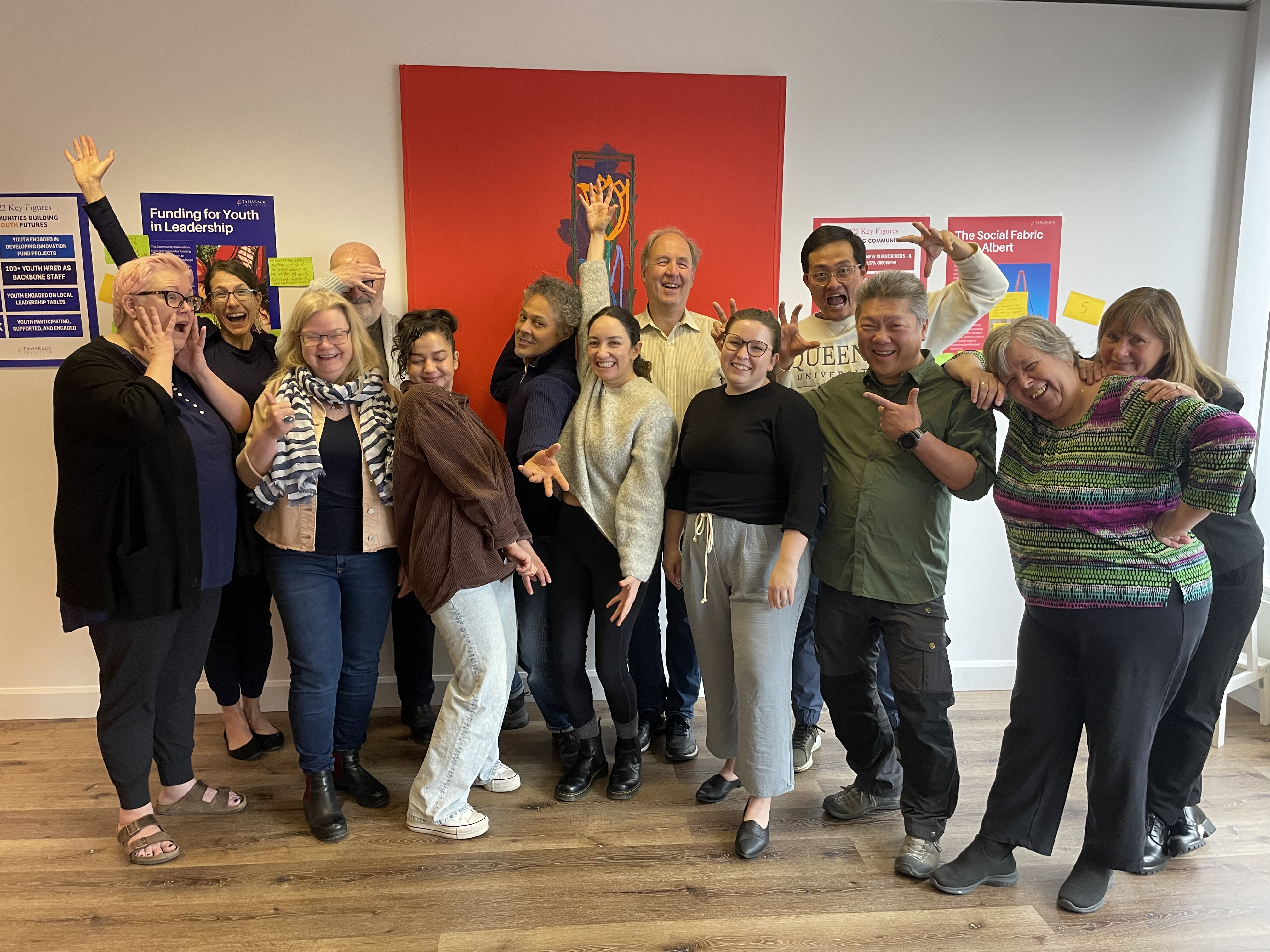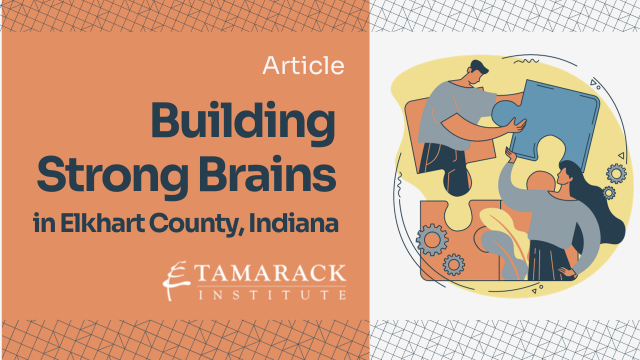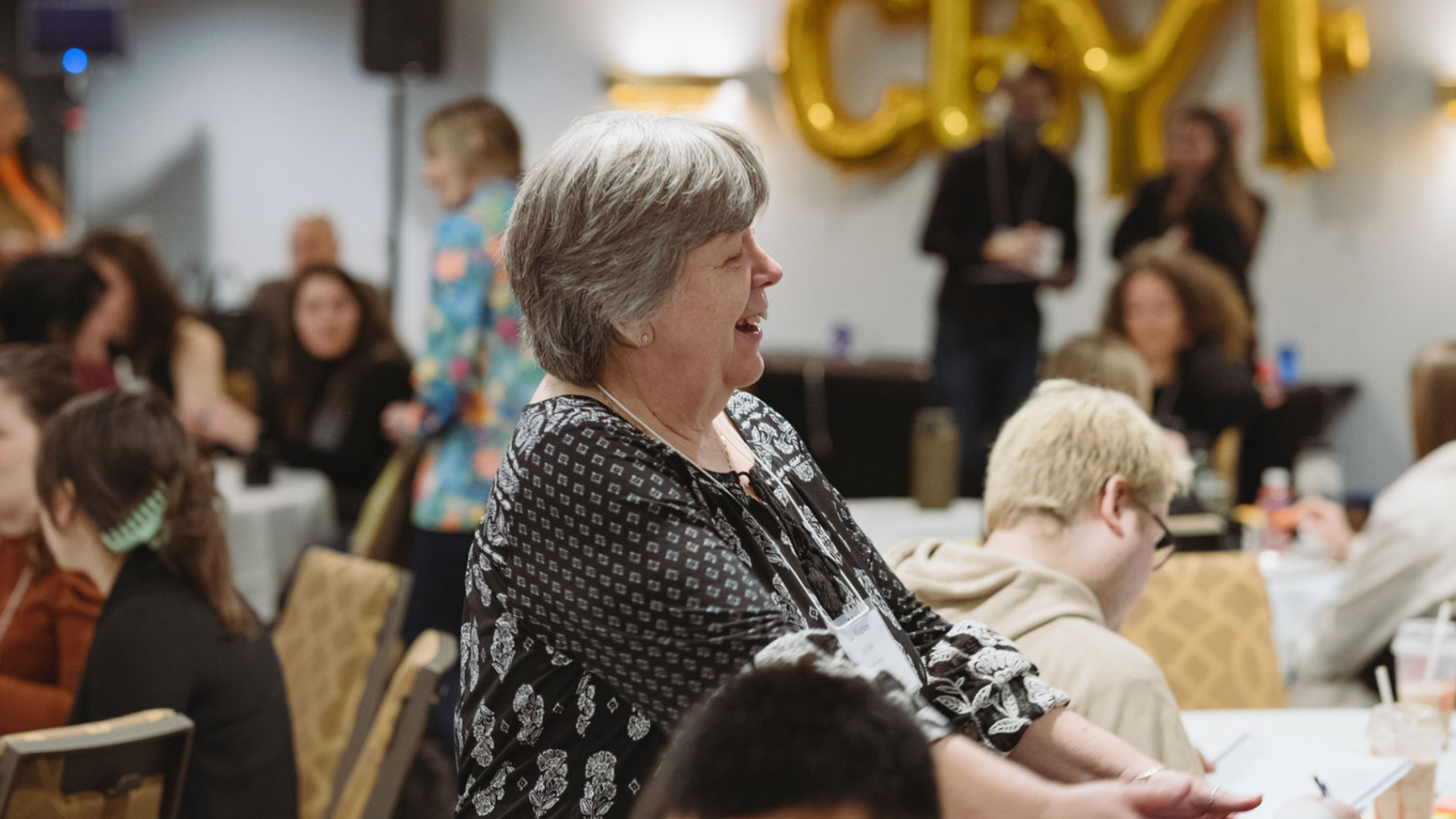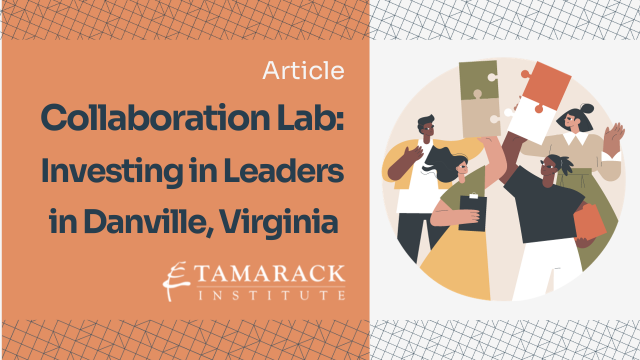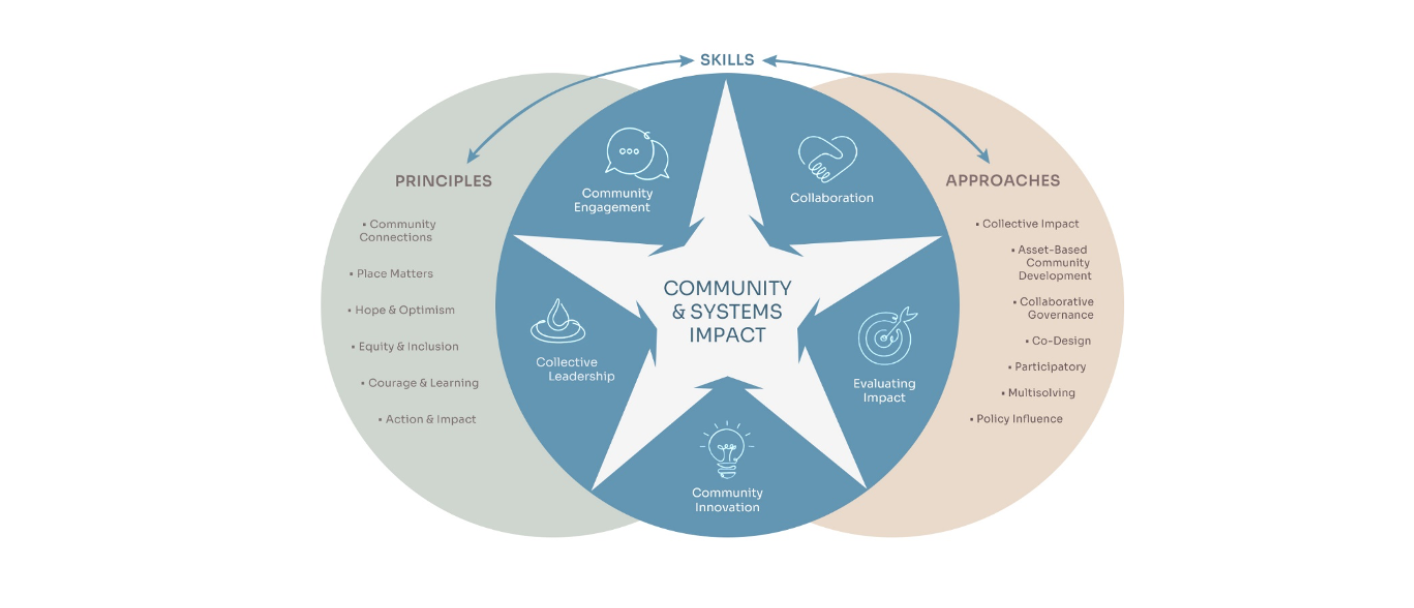What makes some group efforts so much more effective and satisfying than others? Why do some group decisions enjoy strong buy-in and follow through, and produce tangible results, whereas others fall flat right out of the gate?
Commentary from the guide's author, James Madden:
The success of collective impact efforts depend a great deal on the quality and effectiveness of face-to-face meetings -- on the process of convening, engaging, focusing, and harnessing the creative energies of the participants. Over the course of many years of working as a community developer in different settings and contexts I have found in particular, that the collective decision-making process is too often undertaken without clear understanding and deliberate intent by participants, often resulting in frustration and confusion. Having noticed this, I decided to try to write up some concise practical suggestions for consensus building for various groups I was working with. I found it made a substantial difference in terms of satisfaction and group effectiveness to reflect on these guidelines together at the beginning, as an integral part of the process. Over the years I have tweaked my little consensus-building handouts as I have learned from experience.
Back in August [2017], I read Liz Weaver’s paper entitled, Turf, Trust, Co-Creation and Collective Impact which resonated with my experience of consensus building. I was inspired to share my rough consensus-building guide with Liz Weaver. Liz thought other groups might benefit from it, and invited me to share it through Tamarack’s network. So after a little further refining, I offer this Practical Guide to Consensus-Based Decision Making. There are many other resources available to support consensus-building (some of which I refer to), and I suspect many people reading this are very skilled consensus builders. I would invite any comments or suggestions that may help support our common endeavors related to community building and collective impact.




